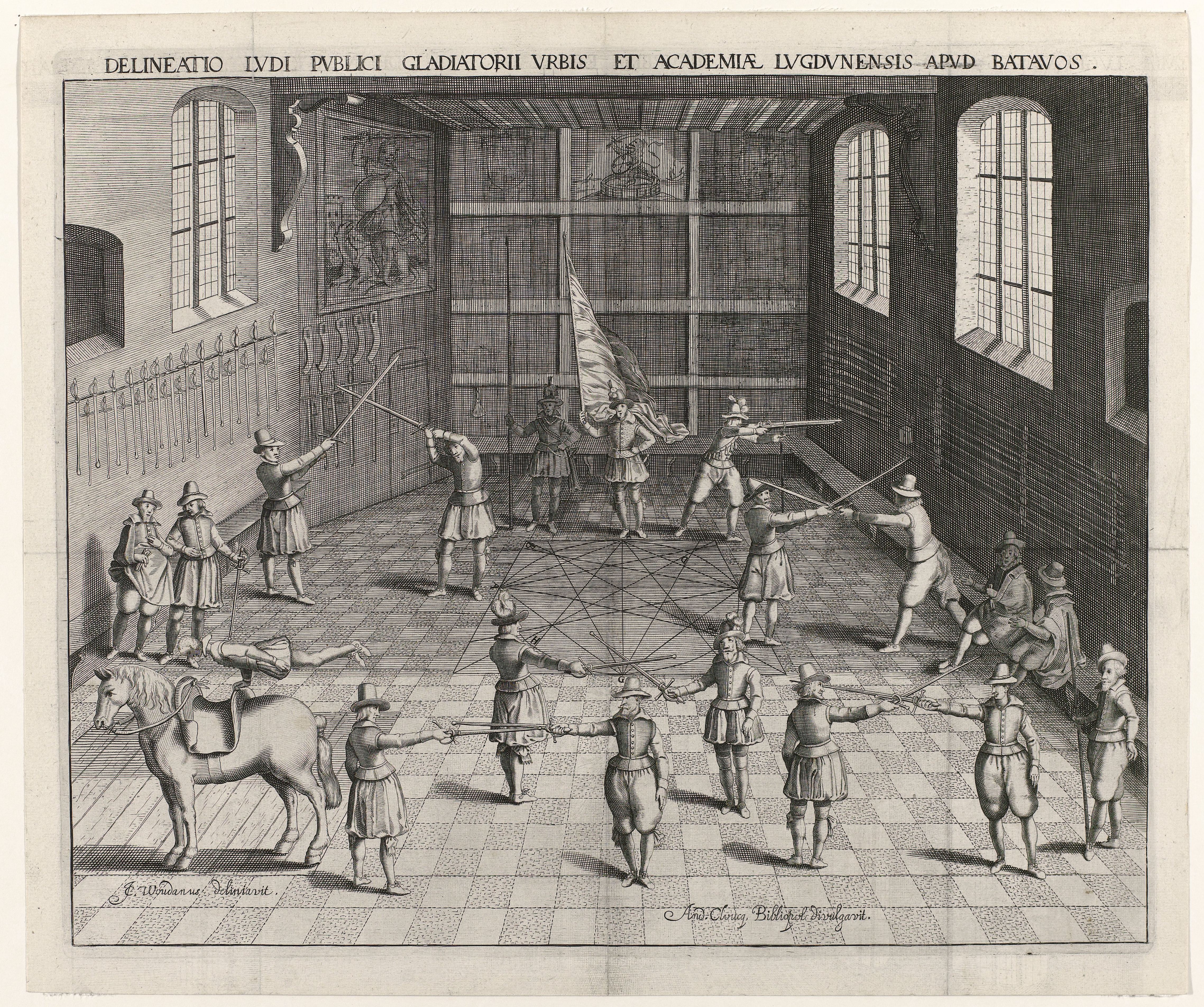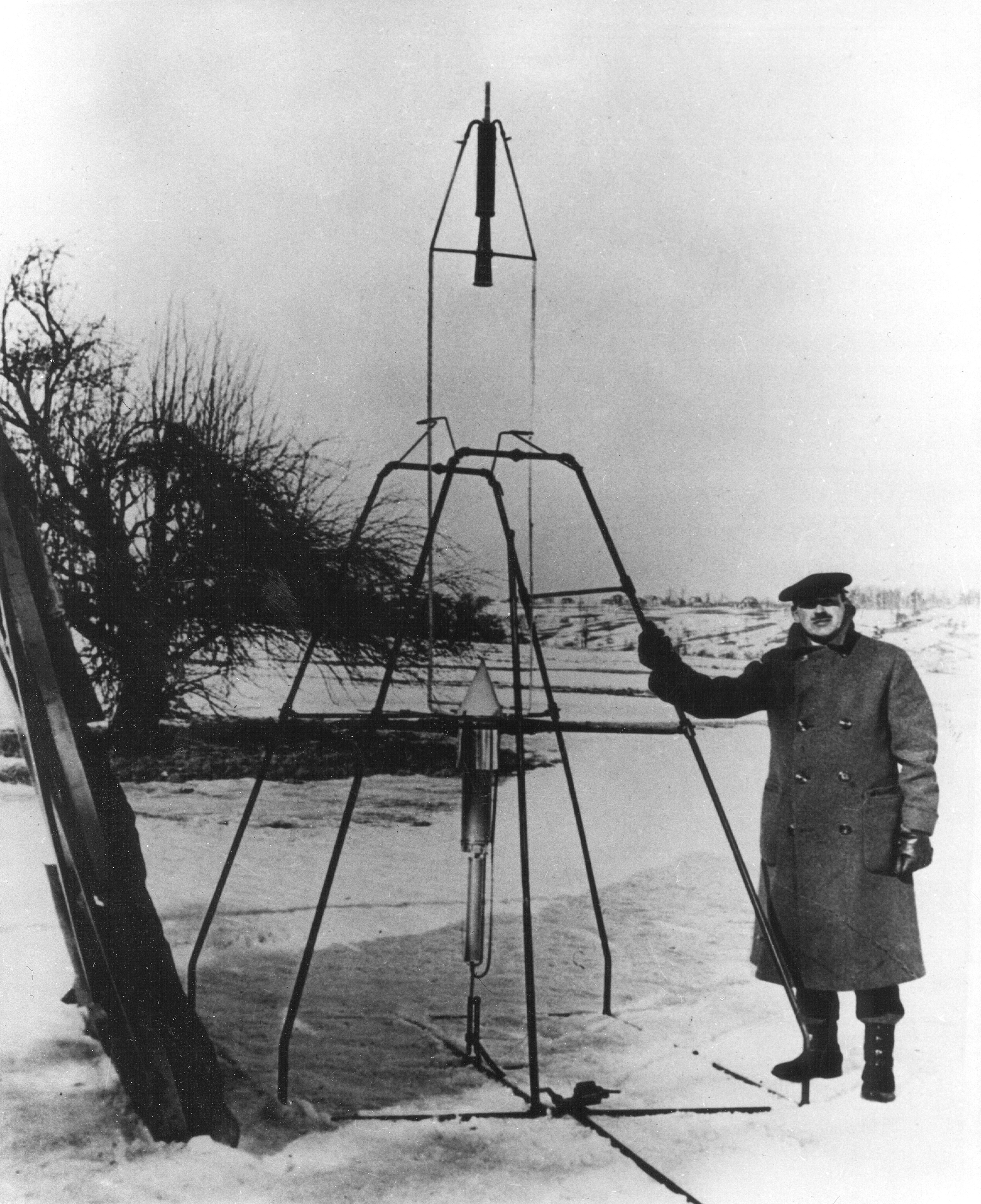|
Eduardo López (fencer)
Eduardo López (born 5 September 1926, date of death unknown) was a Guatemalan fencing, fencer. He competed in the individual foil (fencing), foil, sabre (fencing), sabre and épée events at the 1952 Summer Olympics. References External links * 1926 births Year of death missing Guatemalan male épée fencers Olympic fencers for Guatemala Fencers at the 1952 Summer Olympics Guatemalan male foil fencers Guatemalan male sabre fencers 20th-century Guatemalan sportsmen {{Guatemala-fencing-bio-stub ... [...More Info...] [...Related Items...] OR: [Wikipedia] [Google] [Baidu] |
Fencing
Fencing is a combat sport that features sword fighting. It consists of three primary disciplines: Foil (fencing), foil, épée, and Sabre (fencing), sabre (also spelled ''saber''), each with its own blade and set of rules. Most competitive fencers specialise in one of these disciplines. The modern sport gained prominence near the end of the 19th century, evolving from historical European swordsmanship. The Italian school of swordsmanship, Italian school altered the Historical European martial arts, historical European martial art of classical fencing, and the French school of fencing, French school later refined that system. Scoring points in a fencing competition is done by making contact with the opponent with one's sword. The 1904 Olympic Games featured a fourth discipline of fencing known as singlestick, but it was dropped after that year and is not a part of modern fencing. Competitive fencing was one of the first sports to be featured in the Olympics and, along with Athl ... [...More Info...] [...Related Items...] OR: [Wikipedia] [Google] [Baidu] |
Foil (fencing)
A foil is one of the three weapons used in the sport of fencing. It is a flexible sword of total length or under, rectangular in cross section, weighing under , with a blunt tip. As with the épée, points are only scored by making contact with the tip. The foil is the most commonly used weapon in fencing. Non-electric and electric foils Background There are two types of foil used in modern fencing. Both types are made with the same basic parts: the pommel, grip, guard, and blade. The difference between them is one is electric, and the other is known as "steam" or "dry". The blades of both varieties are capped with a plastic or rubber piece, with a button at the tip in electric blades, that provides information when the blade tip touches the opponent. (There are also a range of plastic swords made by varying manufacturers for use by juniors.) Lacking the button and associated electrical mechanism, a judge is required to determine the scoring and the victor in a tournament wi ... [...More Info...] [...Related Items...] OR: [Wikipedia] [Google] [Baidu] |
Sabre (fencing)
The sabre (US English: ''saber'', both pronounced ) is one of the three disciplines of modern fencing. The sabre weapon is for thrusting and cutting with both the cutting edge and the back of the blade (unlike the other modern fencing weapons, the épée and foil, where a touch is scored only using the point of the blade). The informal term ''sabre fencer'' is what they call a sabre fencers of both genders. Weapon "The blade, which must be of steel, is approximately rectangular in section. The maximum length of the blade is . The minimum width of the blade, which must be at the button, is ; its thickness, also immediately below the button, must be at least ." The cross-sectional profile of the sabre blade is commonly a V-shaped base which transitions to a flat rectangular shaped end with most blade variants, but this is dependent on how it is manufactured. This allows the blade to be flexible towards the end. According to regulation, manufacturers must acknowledge that the bl ... [...More Info...] [...Related Items...] OR: [Wikipedia] [Google] [Baidu] |
épée
The (, ; ), also rendered as epee in English, is the largest and heaviest of the three weapons used in the sport of fencing. The modern derives from the 19th-century , a weapon which itself derives from the French small sword. This contains a detailed contempraneous description of the history and form of the sport. As a thrusting weapon, the is similar to a Foil (fencing), foil (contrasted with a Sabre (fencing), sabre, which is designed for slashing). It has a stiffer blade than a foil. It is triangular in cross-section with a V-shaped groove called a Fuller (weapon), fuller. The also has a larger bell guard designed to protect the user’s arm. In addition to the larger "bell" guard and blade, the weighs more than the foil and sabre which contributes to its reputation of being the slowest form of fencing. The techniques of use differ, as there are no rules regarding priority and a lack of right of way. Thus, immediate counterattacks are a common feature of fencing. The en ... [...More Info...] [...Related Items...] OR: [Wikipedia] [Google] [Baidu] |
1952 Summer Olympics
The 1952 Summer Olympics (, ), officially known as the Games of the XV Olympiad (, ) and commonly known as Helsinki 1952, were an international multi-sport event held from 19 July to 3 August 1952 in Helsinki, Finland. After Japan declared in 1938 that it would be unable to host the 1940 Olympics in Tokyo due to the ongoing Second Sino-Japanese War, Helsinki had been selected to host the 1940 Summer Olympics, which were then cancelled due to World War II. Tokyo eventually hosted the games in 1964. Helsinki is the northernmost city at which a summer Olympic Games have been held. With London hosting the 1948 Olympics, 1952 is the most recent time when two consecutive summer Olympic Games were held entirely in Europe. The 1952 Summer Olympics was the last of the two consecutive Olympics to be held in Northern Europe, following the 1952 Winter Olympics in Oslo, Norway. They were also the Olympic Games at which the most world records were broken until they were surpassed by the 2008 ... [...More Info...] [...Related Items...] OR: [Wikipedia] [Google] [Baidu] |
1926 Births
In Turkey, the year technically contained only 352 days. As Friday, December 18, 1926 ''(Julian Calendar)'' was followed by Saturday, January 1, 1927 '' (Gregorian Calendar)''. 13 days were dropped to make the switch. Turkey thus became the last country to officially adopt the Gregorian Calendar, which ended the 344-year calendrical switch around the world that took place in October, 1582 by virtue of the Papal Bull made by Pope Gregory XIII. Events January * January 3 – Theodoros Pangalos declares himself dictator in Greece. * January 8 **Ibn Saud is crowned ruler of the Kingdom of Hejaz. ** Crown Prince Nguyễn Phúc Vĩnh Thuy ascends the throne as Bảo Đại, the last monarch of the Nguyễn dynasty of the Kingdom of Vietnam. * January 16 – A British Broadcasting Company radio play by Ronald Knox about workers' revolution in London causes a panic among those who have not heard the preliminary announcement that it is a satire on broadcasting. * January 21 ... [...More Info...] [...Related Items...] OR: [Wikipedia] [Google] [Baidu] |
Year Of Death Missing
A year is a unit of time based on how long it takes the Earth to orbit the Sun. In scientific use, the tropical year (approximately 365 solar days, 5 hours, 48 minutes, 45 seconds) and the sidereal year (about 20 minutes longer) are more exact. The modern calendar year, as reckoned according to the Gregorian calendar, approximates the tropical year by using a system of leap years. The term 'year' is also used to indicate other periods of roughly similar duration, such as the lunar year (a roughly 354-day cycle of twelve of the Moon's phasessee lunar calendar), as well as periods loosely associated with the calendar or astronomical year, such as the seasonal year, the fiscal year, the academic year, etc. Due to the Earth's axial tilt, the course of a year sees the passing of the seasons, marked by changes in weather, the hours of daylight, and, consequently, vegetation and soil fertility. In temperate and subpolar regions around the planet, four seasons are ... [...More Info...] [...Related Items...] OR: [Wikipedia] [Google] [Baidu] |
Guatemalan Male épée Fencers
Guatemalan may refer to: * Something of, from, or related to the country of Guatemala * A person from Guatemala, or of Guatemalan descent. For information about the Guatemalan people, see Demographics of Guatemala and Culture of Guatemala. For specific persons, see List of Guatemalans. * Note that there is no language called "Guatemalan". See Languages of Guatemala. * Guatemalan cuisine Most traditional foods in Guatemalan cuisine are based on Mayan cuisine, Maya cuisine, with Spanish cuisine, Spanish influence, and prominently feature Maize, corn, Chili pepper, chilies and beans as key ingredients. Guatemala is famously home ... {{disambig Language and nationality disambiguation pages ... [...More Info...] [...Related Items...] OR: [Wikipedia] [Google] [Baidu] |
Olympic Fencers For Guatemala
Olympic or Olympics may refer to Sports Competitions * Olympic Games, international multi-sport event held since 1896 ** Summer Olympic Games ** Winter Olympic Games * Ancient Olympic Games, ancient multi-sport event held in Olympia, Greece between 776 BC and 393 AD * Olympic (greyhounds), a competition held annually at Brighton & Hove Greyhound Stadium Clubs and teams * Adelaide Olympic FC, a soccer club from Adelaide, South Australia * Fribourg Olympic, a professional basketball club based in Fribourg, Switzerland * Sydney Olympic FC, an Australian soccer club * Olympic Club (Barbacena), a Brazilian football club based in Barbacena, Minas Gerais state * Olympic Mvolyé, a Cameroonian football club based in Mvolyé * Olympic Club (Egypt), a football and sports club based in Alexandria * Blackburn Olympic F.C., an English football club based in Blackburn, Lancashire * Rushall Olympic F.C., an English football club based in Rushall * FC Olympic Tallinn, an Estonian foo ... [...More Info...] [...Related Items...] OR: [Wikipedia] [Google] [Baidu] |
Fencers At The 1952 Summer Olympics
Fencer may refer to: * Fencer, a person who participates in the sport of fencing * Fencer, a person who makes fences * Fencer, the device which energizes an electric fence * Fencer, the NATO reporting name of the Sukhoi Su-24 combat jet * HMS ''Fencer'' (D64) * ''The Fencer ''The Fencer'' (, is a 2015 biographical drama film about the life of Endel Nelis, an accomplished Estonian fencer and coach. It was directed by Klaus Härö and written by Anna Heinämaa. Filming began in Estonia in late February 2014. Th ...'' (), a 2015 Estonian-Finnish-German film directed by Klaus Härö See also * Fence (other) {{disambig ... [...More Info...] [...Related Items...] OR: [Wikipedia] [Google] [Baidu] |
Guatemalan Male Foil Fencers
Guatemalan may refer to: * Something of, from, or related to the country of Guatemala * A person from Guatemala, or of Guatemalan descent. For information about the Guatemalan people, see Demographics of Guatemala and Culture of Guatemala. For specific persons, see List of Guatemalans. * Note that there is no language called "Guatemalan". See Languages of Guatemala. * Guatemalan cuisine Most traditional foods in Guatemalan cuisine are based on Mayan cuisine, Maya cuisine, with Spanish cuisine, Spanish influence, and prominently feature Maize, corn, Chili pepper, chilies and beans as key ingredients. Guatemala is famously home ... {{disambig Language and nationality disambiguation pages ... [...More Info...] [...Related Items...] OR: [Wikipedia] [Google] [Baidu] |





